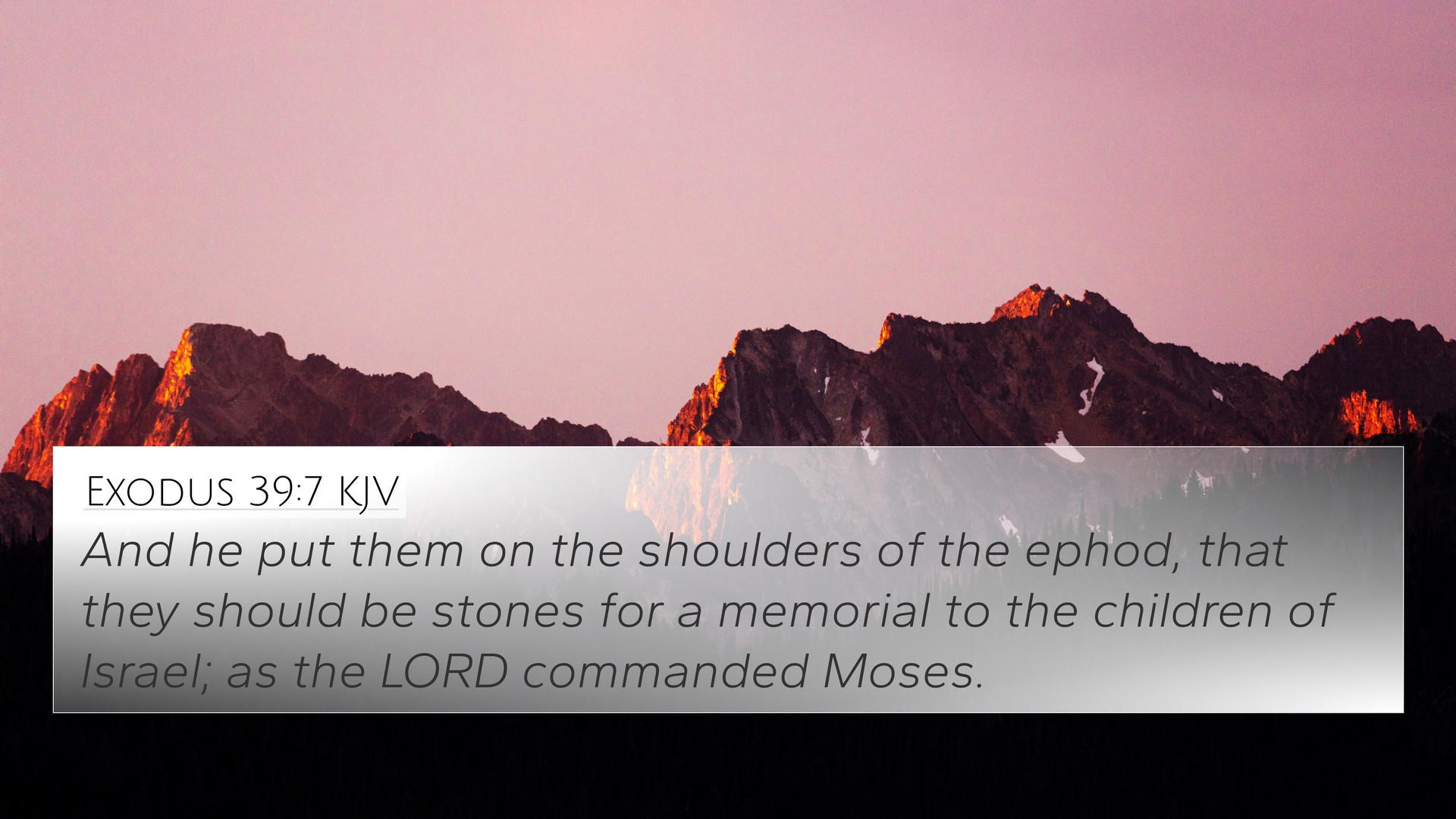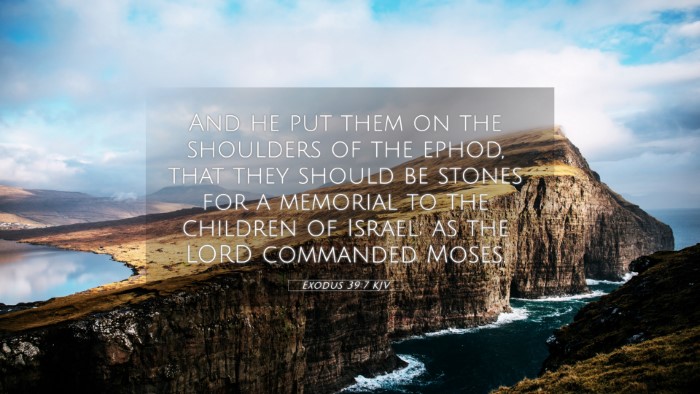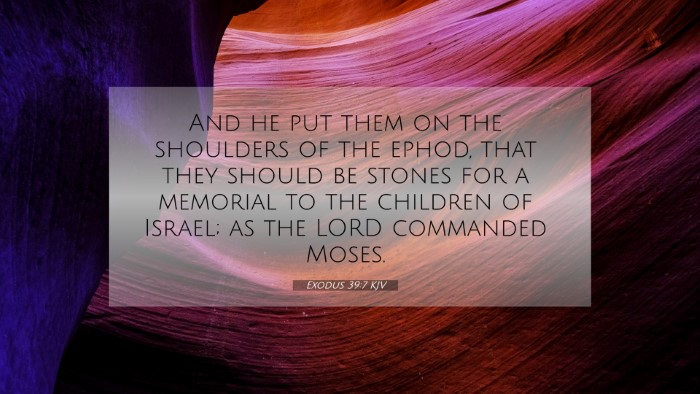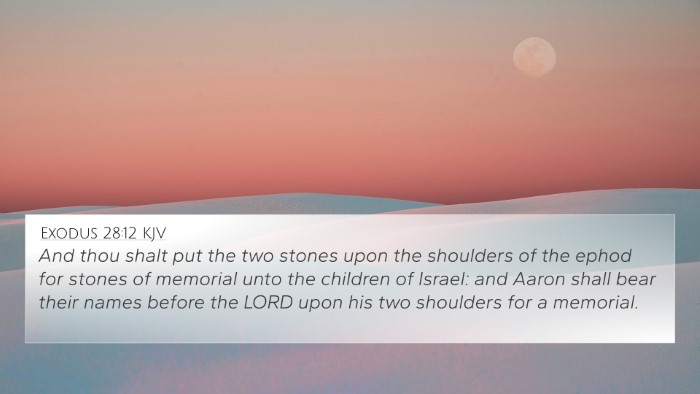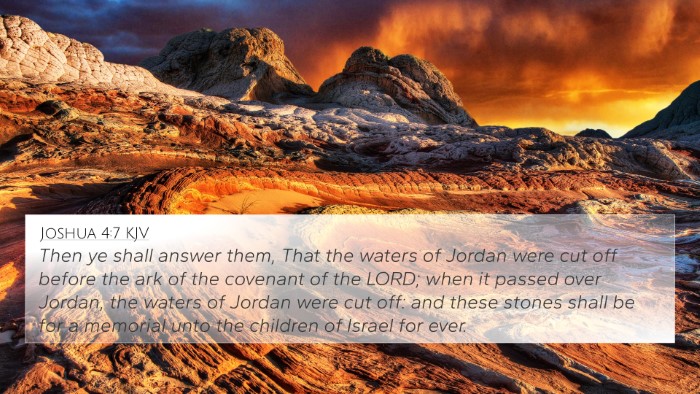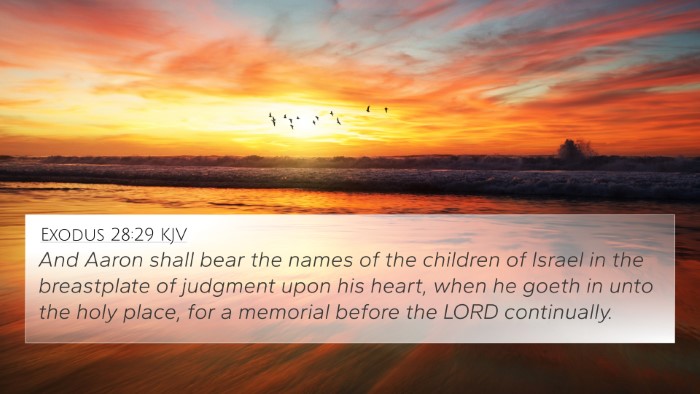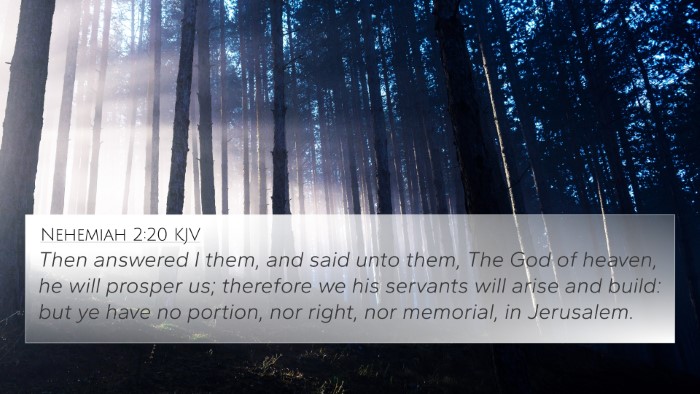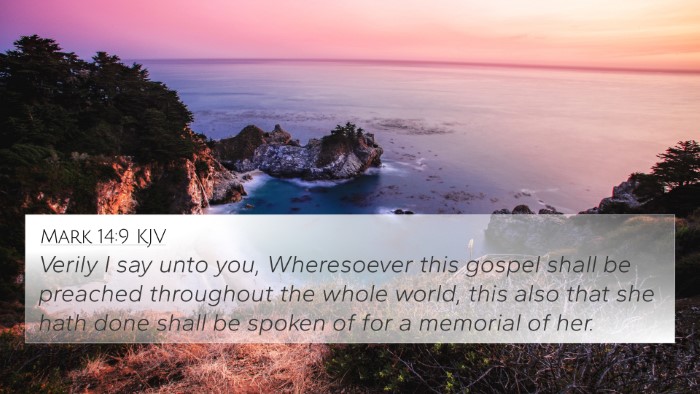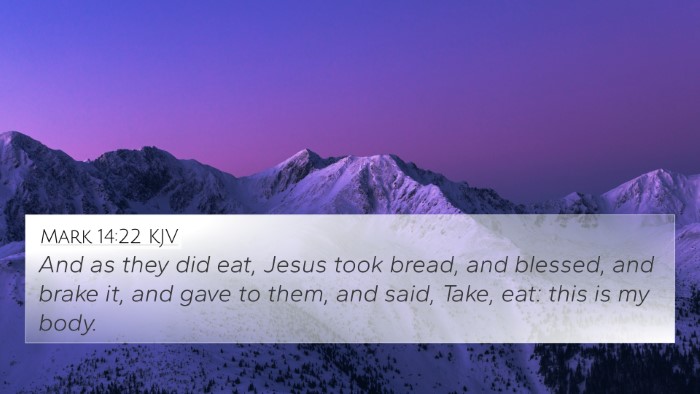Understanding Exodus 39:7
Bible Verse: Exodus 39:7 - "And he put them on the shoulders of the ephod, that they should be stones for a memorial to the children of Israel; as the Lord commanded Moses."
Context and Overview
This verse describes the construction of the high priest's garments, specifically the ephod, an elaborate vestment worn by the high priest in ancient Israel. The stones referenced are the onyx stones, which were engraved with the names of the twelve tribes of Israel. This act held both symbolic and practical importance, serving as a means of representing the people before God.
Commentary Insights
Elucidating this verse, we draw from esteemed public domain commentaries:
Matthew Henry's Commentary
Matthew Henry highlights that the arrangement of these stones signifies the priest's role as an intercessor. The high priest carries the names of the tribes on his shoulders, symbolizing both the weight of responsibility and the intimacy of the relationship between God and His people. The stones serve as a perpetual reminder to God of His covenant with Israel.
Albert Barnes' Notes
Albert Barnes expands on the notion of the memorial aspect. The stones are described as a means to constantly remind God of His people, emphasizing the importance of representation in worship. The act of placing the stones on the ephod indicates a deeper theological principle: the high priest acts on behalf of the people and bears their names into the presence of God.
Adam Clarke's Commentary
Adam Clarke notes the meticulous detail involved in the creation of the high priest's garments. He interprets the stones as a representation of strength and support, highlighting that the shoulders symbolize strength in bearing burdens. The verse underlines the commitment of the priests to honor God by remembering His people, reflecting an essential theme of mediation in the priestly office.
Thematic Connections
This verse connects to several broader theological themes and specific Bible verses, including:
- Priestly Mediation: Hebrews 5:1 - This verse connects as it speaks to the role of high priests in presenting gifts and sacrifices for sins.
- Covenant Remembrance: Deuteronomy 9:27 - Here, Moses reminds God of His promises, paralleling the memorial function of the ephod stones.
- God's Faithfulness: Isaiah 49:16 - The idea that God has engraven the names of His people on His hands, echoing the memorial aspect of Exodus 39:7.
- Intersession: Numbers 16:46-48 - The role of a mediator in averting divine wrath reminds us of the high priest's duties.
- Revelation of Names: Revelation 21:14 - The mention of the names of the tribes on the foundations of the New Jerusalem resonates with the memorial aspect of this verse.
- Divine Representation: 1 Peter 2:9 - This verse discusses the royal priesthood of believers, linking the concept of priestly representation to all Christians.
- Enduring Covenant: Jeremiah 31:33 - The idea of God writing His law in the hearts of His people brings a new dimension to understanding memorial acts.
Cross-Referencing Biblical Texts
The practice of cross-referencing biblical texts provides deeper insights into themes and interpretations found throughout Scripture. By connecting Exodus 39:7 with these verses, we uncover layers of meaning related to the intercession, remembrance, and covenant faithfulness.
Tools for Bible Cross-Referencing
To thoroughly explore these connections, consider using effective tools for Bible cross-referencing:
- Bible concordances are essential for finding related verses.
- A Bible cross-reference guide can facilitate deeper study.
- Cross-reference Bible study methods help in recognizing themes and connections more clearly.
- Bible reference resources often include thematic indices for easy navigation.
- Utilizing a comprehensive Bible cross-reference system enhances the study experience.
Conclusion
The significance of Exodus 39:7 lies in its portrayal of the high priest's unique role in representing the people of Israel before God. The stones on the ephod symbolize the weight of this responsibility and serve as a reminder of God's covenant relationship with His people. Understanding this verse through cross-referencing and thematic analysis enhances the appreciation for God's plan of redemption woven throughout Scripture.
